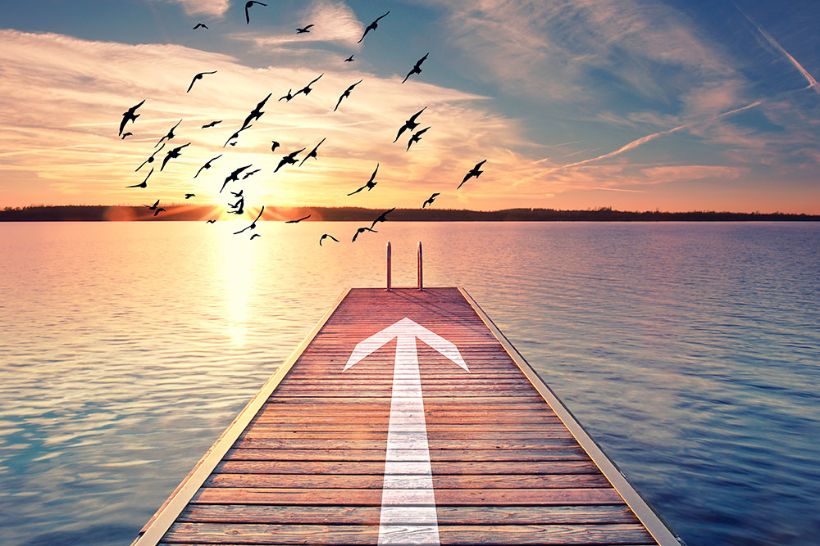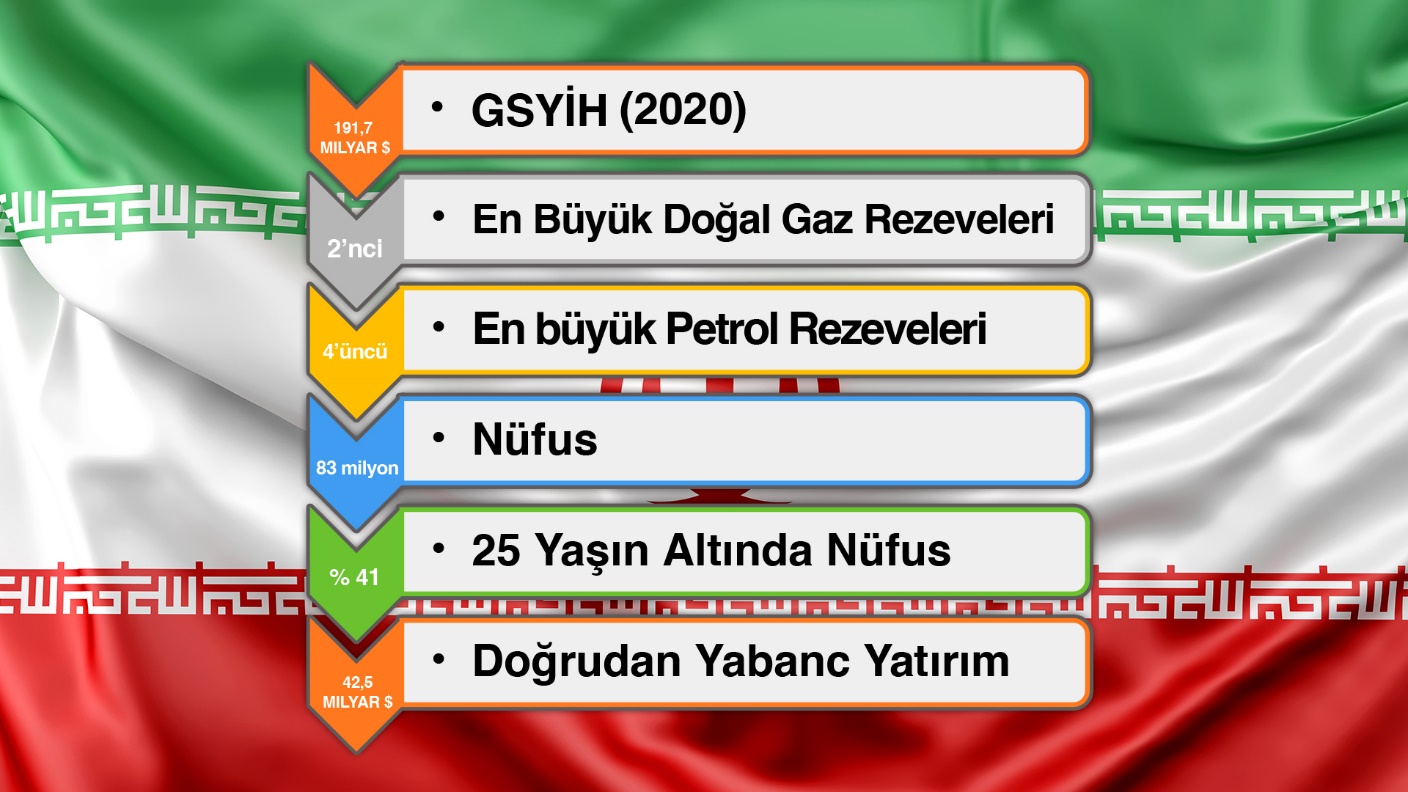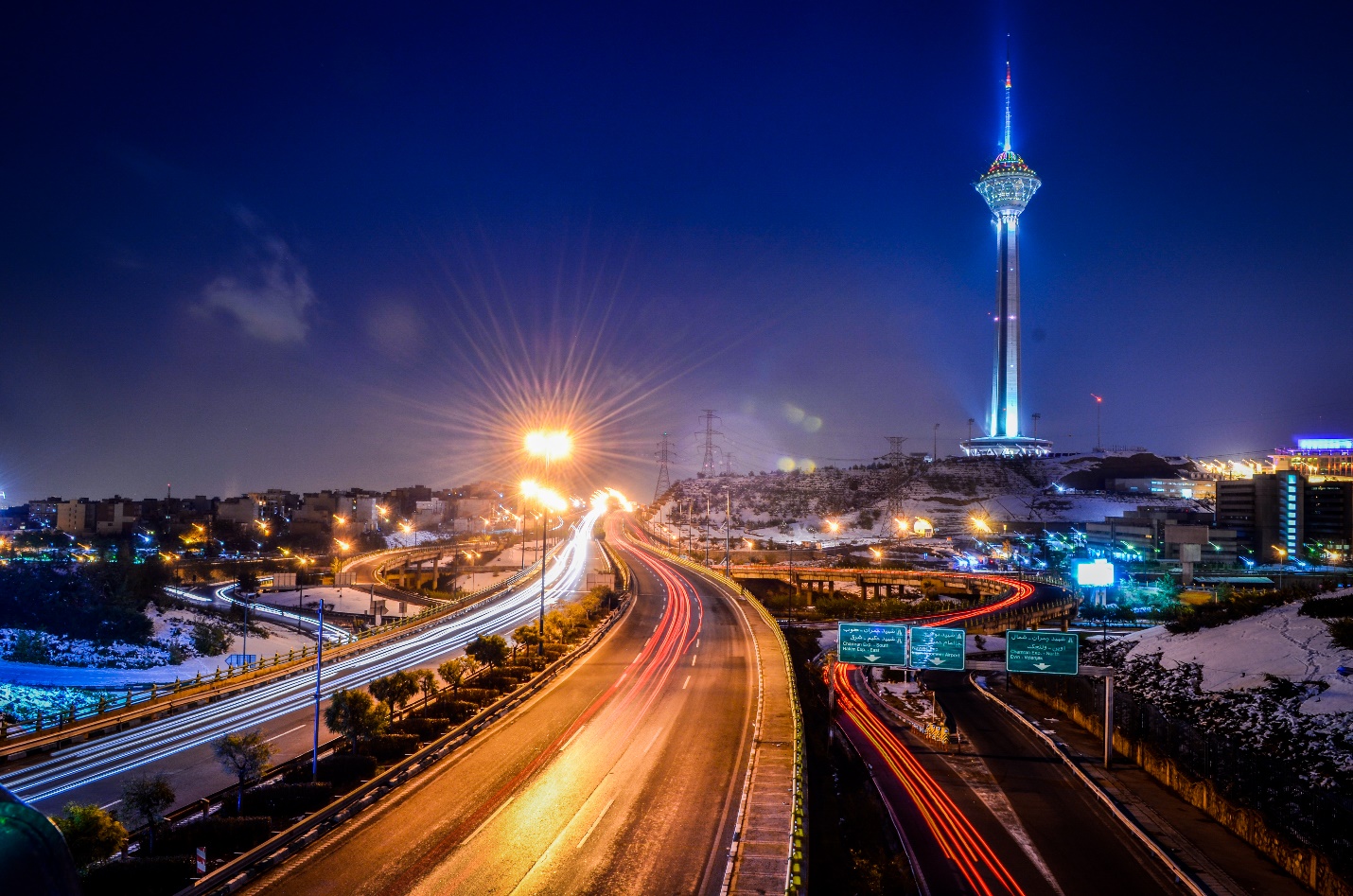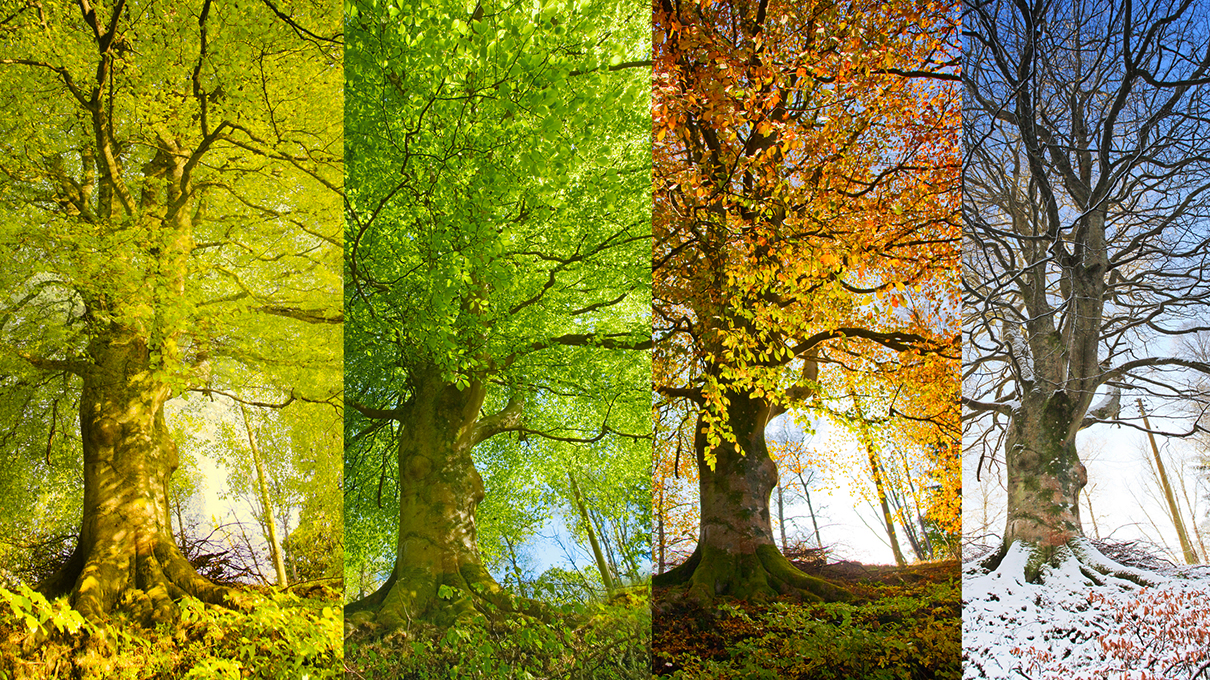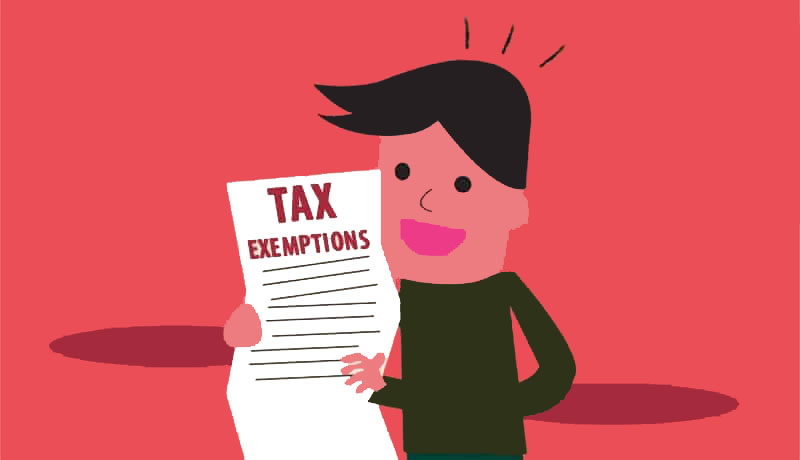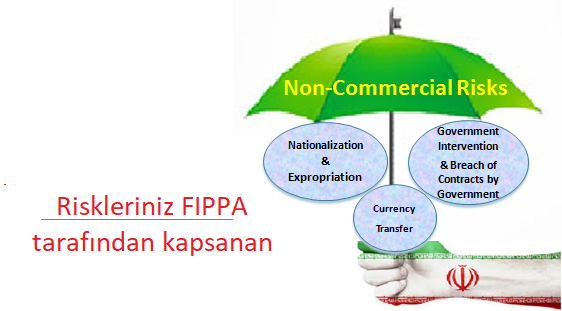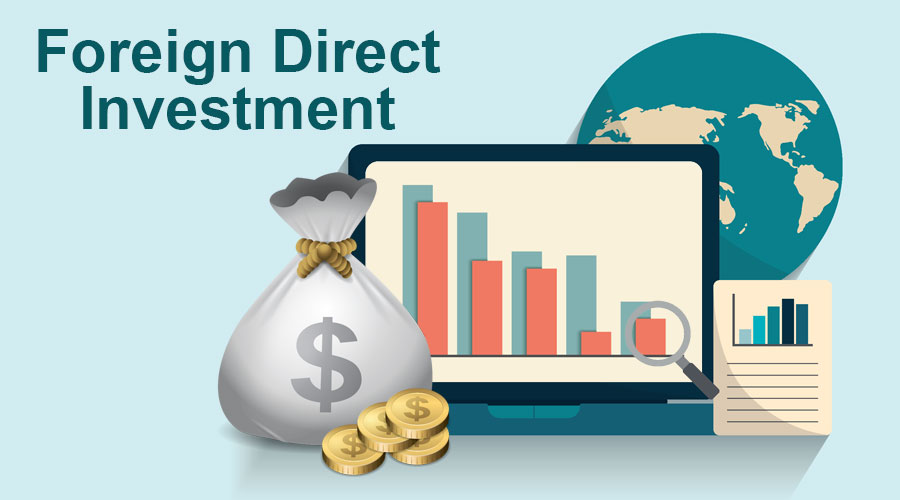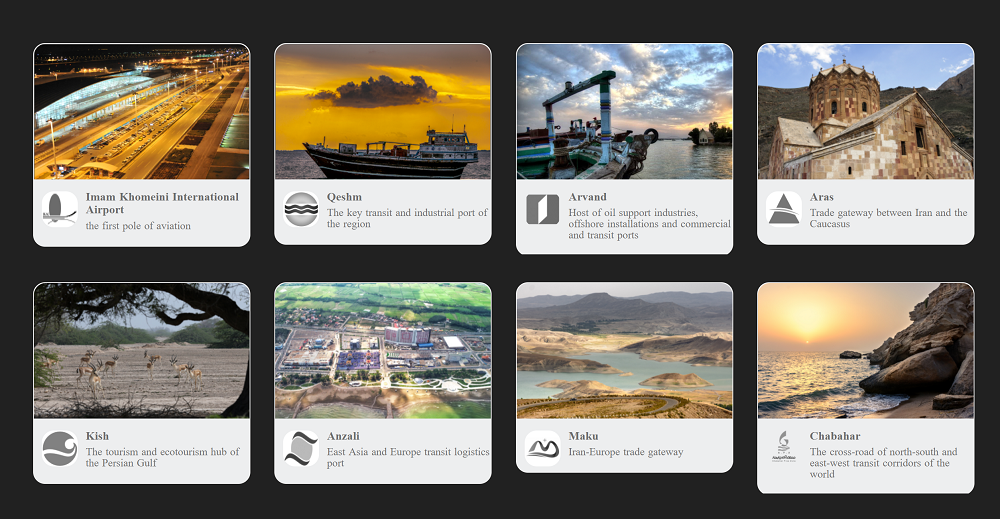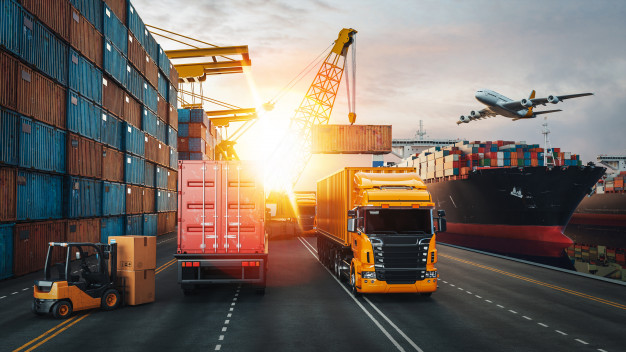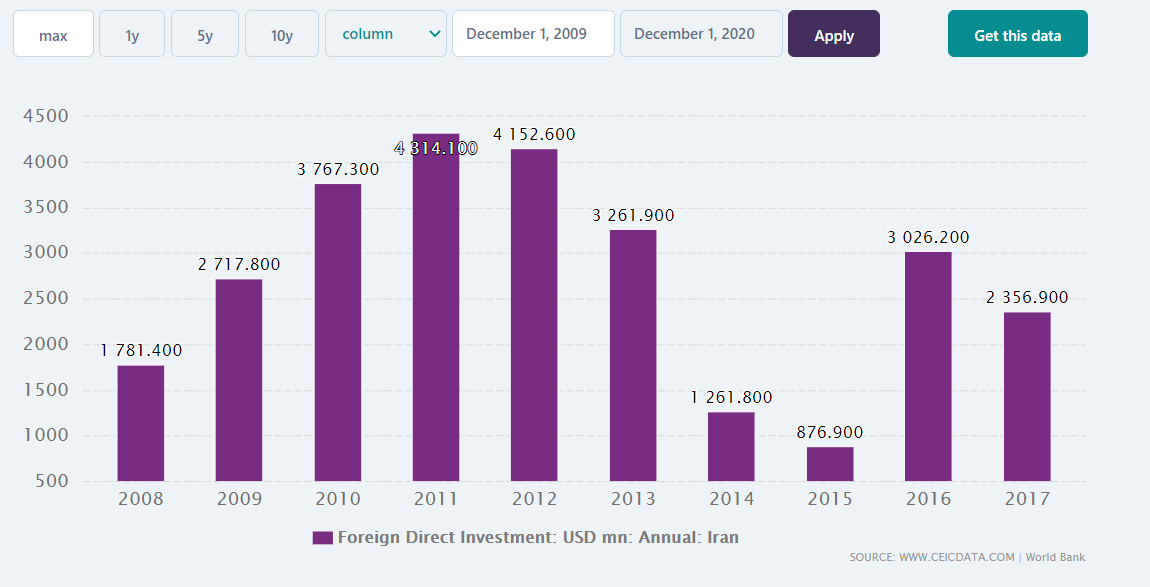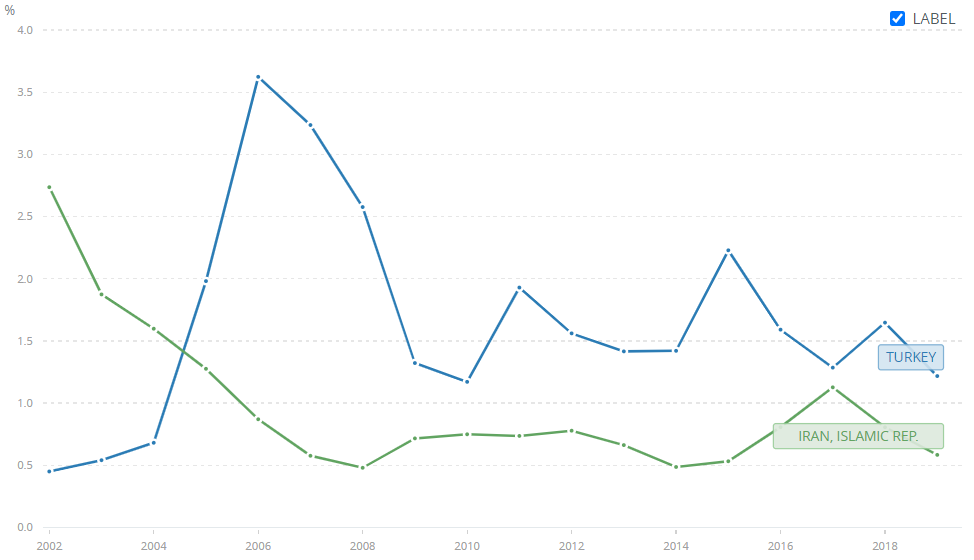Challenges
Despite such positive progress, Iran strives to meet a range of development challenges such as environmental degradation, disaster preparedness and gender equality. Iran is very rich in natural resources and conservation of biodiversity and the wildlife remains one of the most important challenges in the time of climate change.
Iran is a country in Western Asia. Comprising a land area of 1,648,195 km2 (636,372 sq mi), it is the second largest country in the Middle East and the 17th largest in the world. With an attractive business environment for investment, and having considerable potentials and advantages such as strategic geopolitical situation, climate diversity, economic advantages, energy security and domestic and regional markets, Iran is one of the best choices for your investment.
Geopolitical Situation
Iran with unique geographical location at the heart of a cross-road linking the Middle East, Asia and Europe, empowered by inter and trans-regional trade, customs, tax and investment arrangements.
Having common border on the north by the Caspian Sea and on the south by the Persian Gulf and the Oman Sea, has allowed Iran to access more than 5,800 km of coastal strip. Iran has a privileged position in transit, since having access to the Eurasian countries from the north, east to the Central Asian countries and from the West with a land border with Turkey and thus using a part of the Silk Road.
The geographic location over the transatlantic crossroads has turned the country to the transit axis on the North-South and East-West corridors and so it plays an important role in international economy.






